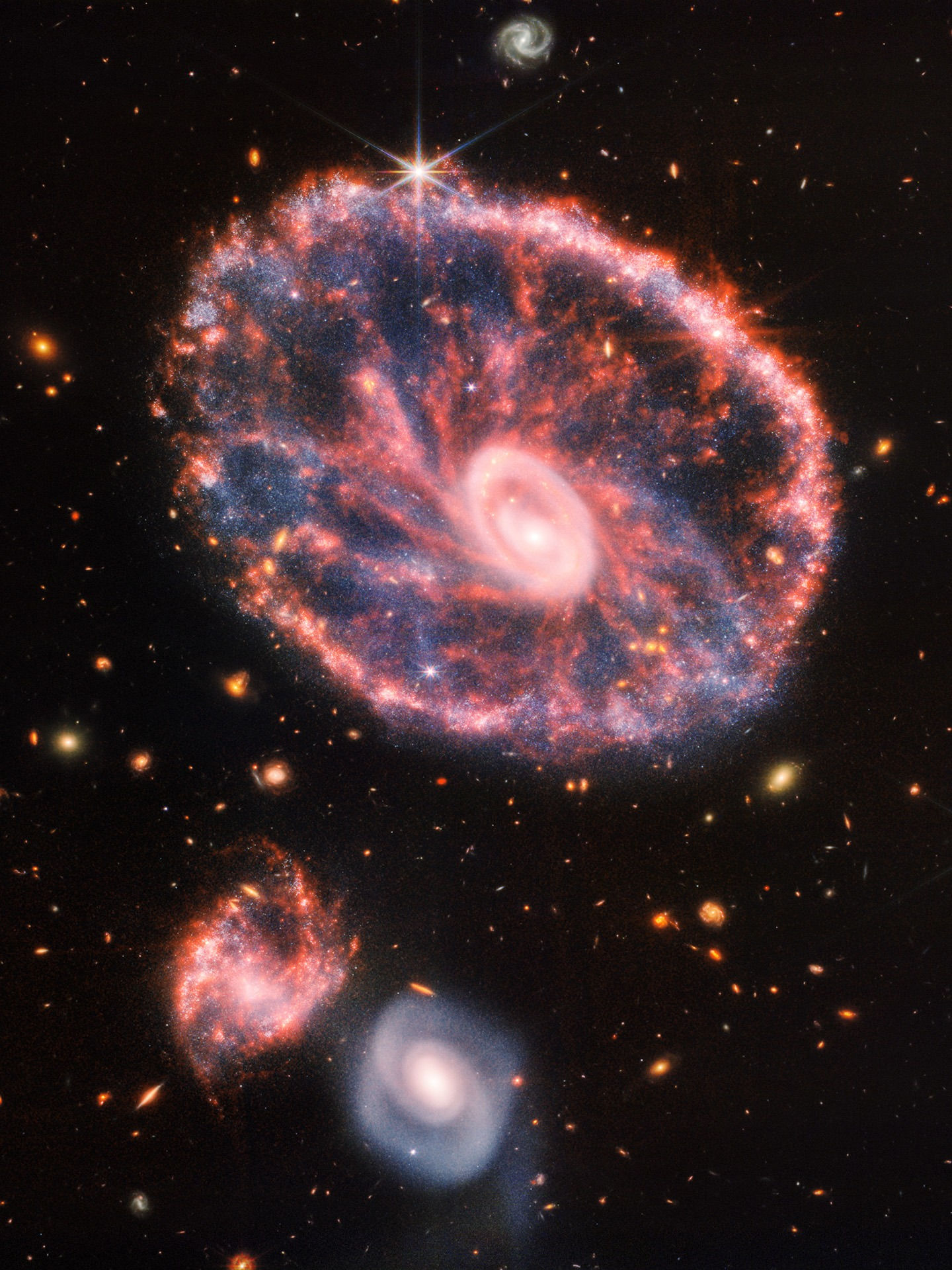Pleiades Star Cluster Distance From Earth
- Prof.Smith
- Jan 13, 2024
- 3 min read

The Pleiades star cluster, also known as the Seven Sisters, has long captivated astronomers and stargazers alike with its beauty and mystique. But how far exactly is this celestial wonder from our home planet? Located in the constellation of Taurus, the Pleiades cluster is estimated to be situated about 444 light-years away from Earth.
To put this distance into perspective, imagine traveling at the speed of light, which is approximately 186,282 miles per second, for 444 years straight! This considerable distance makes it one of the closest star clusters to our solar system, allowing us to admire its sparkling stars with our naked eyes. Despite their seemingly close proximity, the Pleiades cluster, consisting of several hundred stars, actually spans a vast area in space, totaling about 8 light-years in diameter. So next time you gaze up at the night sky and find the Pleiades constellation, remember that this awe-inspiring cluster of stars is shining its light from hundreds of light-years away, serving as a dazzling reminder of the vastness of our universe.

Exploring the Mystical Pleiades Star Cluster
The Pleiades, also known as the Seven Sisters, is a captivating star cluster situated in the constellation of Taurus. This celestial wonder has been captivating astronomers, poets, and cultures throughout history, contributing to a rich tapestry of myths and scientific discoveries.

Formation and Composition:
The Pleiades cluster is a group of hot, young stars born from the same cosmic cloud of gas and dust approximately 100 million years ago. This collection of stars, numbering around 1,000, is dominated by several luminous blue giants, the most prominent being Alcyone, Maia, Electra, Merope, Taygeta, Celaeno, and Atlas.

Mythological Significance:
In Greek mythology, the Pleiades are the daughters of Atlas, a Titan who holds the heavens on his shoulders. Legend has it that Orion the Hunter pursued the sisters, and Zeus transformed them into stars to protect them. The name "Pleiades" is derived from the Greek word meaning "to sail," representing the cluster's appearance during the sailing season.
Cultural Connections:
The Pleiades have significant cultural importance in various societies. Indigenous peoples across the globe, from the Maori in New Zealand to the Hopi in North America, have woven tales around these stars. The cluster often served as a calendar, signaling seasonal changes and influencing agricultural practices.
Astronomical Observations:
Beyond mythology, the Pleiades have been a subject of scientific scrutiny. Their relative proximity, about 444 light-years away, makes them an ideal target for astronomical studies. The cluster's stars are surrounded by a reflection nebula, visible due to the scattered light from the hot, young stars interacting with the surrounding gas and dust.
The Subaru Telescope Connection:
The Subaru Telescope, located atop Mauna Kea in Hawaii, is aptly named after the Pleiades, as "Subaru" is the Japanese name for the cluster. The telescope has played a crucial role in advancing our understanding of the Pleiades and other celestial phenomena.
Open Cluster Dynamics:
Despite being born from the same molecular cloud, the Pleiades stars are gradually drifting apart due to gravitational interactions with other stars and galactic tidal forces. This dynamic evolution provides astronomers with insights into the life cycles of stars within open clusters.

Observing the Pleiades:
The Pleiades is a conspicuous and easily observable cluster, even with the naked eye. Its distinct blue hue and tight arrangement make it a favorite target for amateur astronomers. Binoculars or a small telescope reveal the cluster's intricate details and bring out fainter stars that might be challenging to spot otherwise.
In conclusion, the Pleiades star cluster is a captivating celestial ensemble that intertwines scientific fascination with cultural lore. Whether gazing at the night sky through a telescope or reflecting on ancient myths, the Pleiades continue to be a source of inspiration and wonder, connecting humanity to the vast mysteries of the cosmos.






























































































Comments